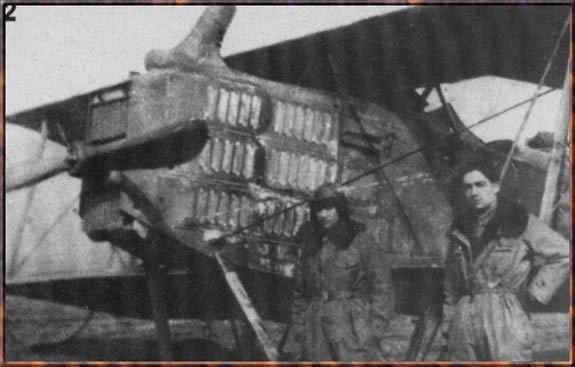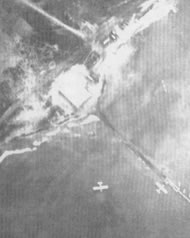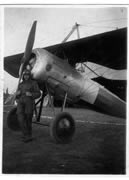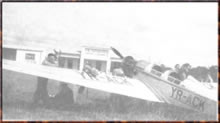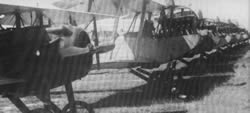
Right as WW1 ended, the ARR managed to buy dozens of Spad XVI fighters from the large reserves of the French army. In January 1921, Gheorghe Negrescu, who had been made responsible for all technical aspects regarding foreign airplanes purchased by the AIR was sent to France to oversee the delivery of some 150 Breguet A2's and Breguet B2's.
These planes were exchanged for oil products worth some 34 million French francs, but in the end only 40 were received as the Romanian currency suddenly dropped and it was no longer equal to the franc. Same story happened with the De Haviland airplanes, as only 4 of the original order of 60 were actually delivered. The Arsenal of Aeronautics also played its part in this effort to enlarge the number of planes available by starting production of Hansa Brandenburg trainers. Many such biplanes were already in service after having been captured by the Romanian army during the 1919 campaign, and the ARR was very satisfied by their qualities, so an order for 20 additional Hansa's was given to the Arsenal. By the 8th of May, 1922, ten planes had already been produced, and over 120 Hansa Brandenburg's would be built until 1924. Most of these planes were powered by captured "Benz-Mercedes" 160 HP and "N.A.G" 220 HP engines.
